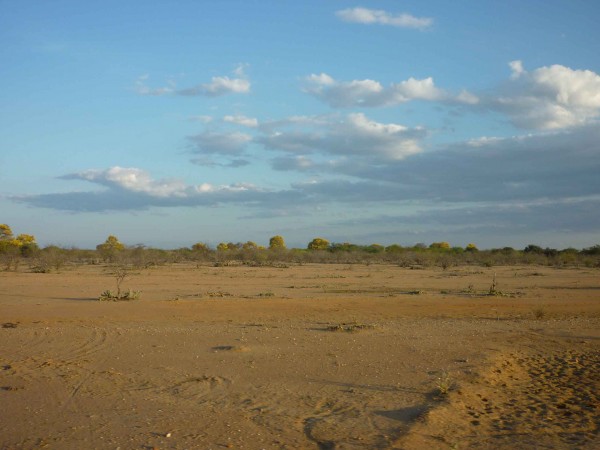The Sertão
The sertão is a semi-arid region in the interior of northeastern Brazil. It spreads over six states and has long been viewed by southerners as one of the most backward and hostile areas of the country. It is traditionally associated with drought, violence and religious fanaticism. For most of the past 100 years it has been under the control of coroneis, local political masters bestowed with all encompassing power. Before then it was divided into capitanias distributed by the Portuguese imperial rulers. In late 2010, as Brazil elected its first ever woman President, I visited a proud, confident and dynamic region which looks forward while keeping a firm hold of its Catholic and mystic heritage.
MONTE SANTO, BAHIA



The sertão (backland) revels in its stark, dry beauty. Its people are hospitable yet gruff. While they don’t give away much, their eyes have a pale glow that hints at hardship and the tenacity of previous generations, forced to survive and adapt to these harshest of conditions. On a dawn trip across the Pernambucan and Bahian border I sit next to an elegantly aging woman with mahogany skin. It’s too early in the morning and I am too out of sorts to ask to take her picture, so I must remember the chestnut brown smile in her eyes. Inside the van a DVD player is showing a kitsch concert and blasting loud forró music. I look out of the window and see a traditional vaqueiro (cowboy) passing by on a horse, clad top to toe in the elaborately stitched traditional brown leather hat, jacket and trousers. These are designed to protect the wearer from the hostile spines and thorns of the caatinga (scrub) that spreads across the region in a thorny cobweb of brambles.
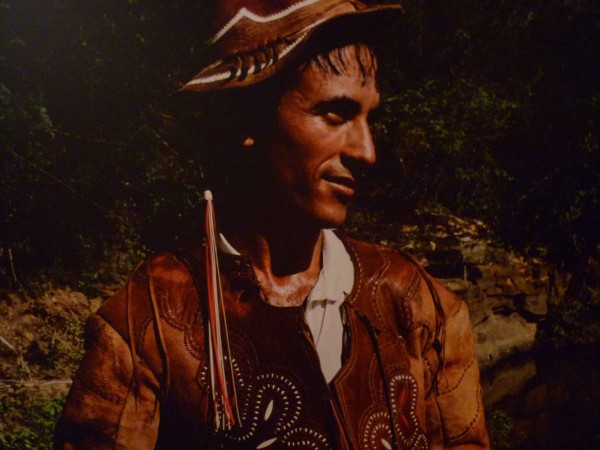
(Image from the museum of the Sertão, Salgueiro, Pernambuco)
SALGUEIRO, PERNAMBUCO
In Salgueiro, Pernambuco, I saw the city greet the Bishop of the most recently founded archdiocese in Brazil. This is a huge source of civic pride and self esteem for a city that was once only known for being the business and transport hub of Brazil’s marijuana trade. Salgueiro was brimming with self confidence.
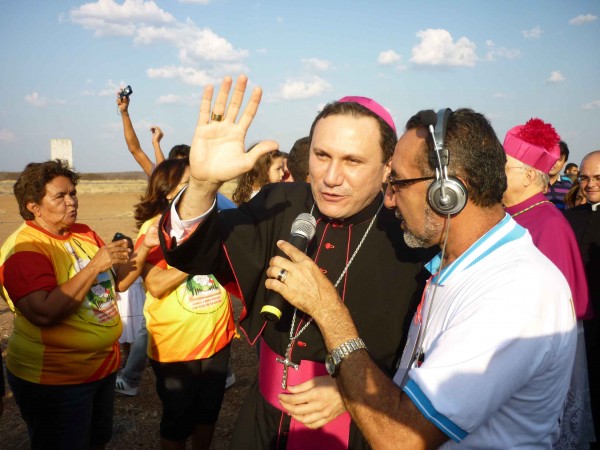
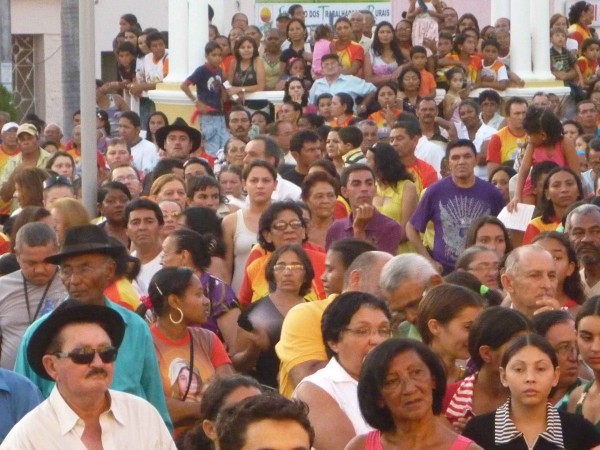
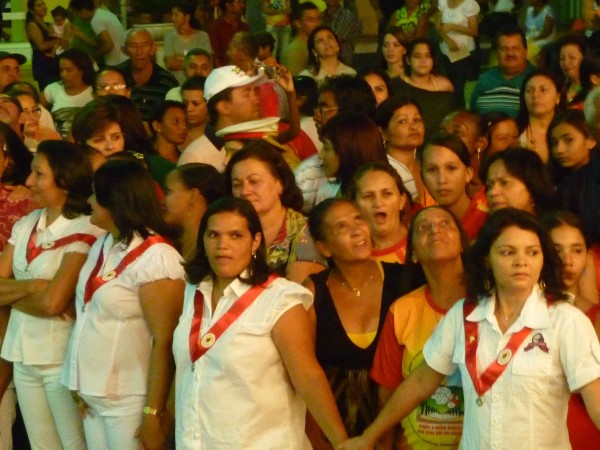
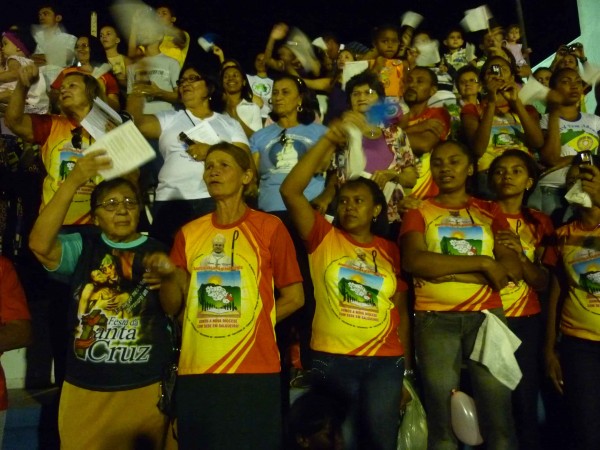
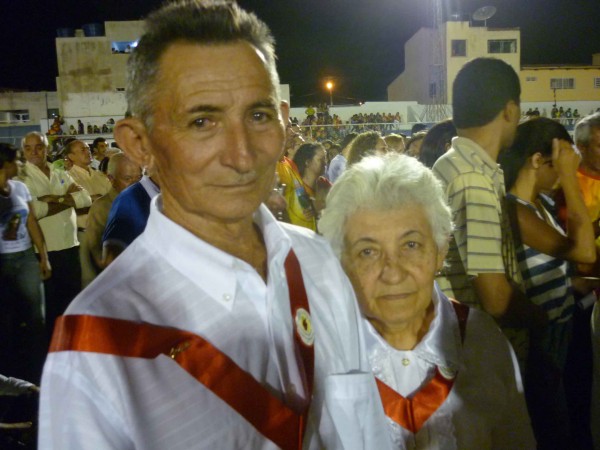
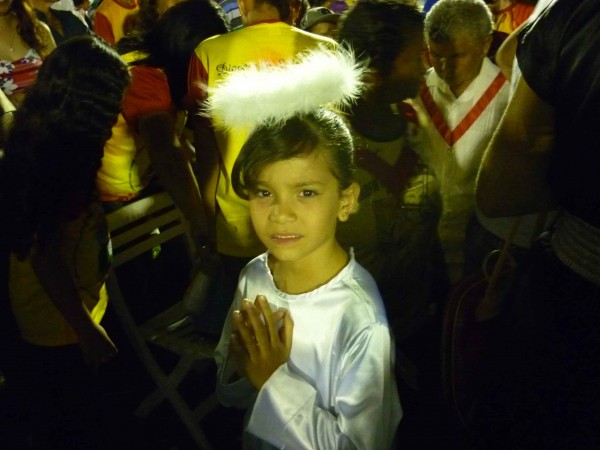
CANUDOS, BAHIA

In 1897 Canudos was the epicenter of a historical siege and battle that defined modern Brazilian history. When local authorities decided that a wandering mystic called Antonio Conselheiro (“Anthony the Counsellor”) was a threat, they called in the national government for support. Antonio wandered the dry backlands restoring abandoned churches and preaching, gathering thousands of freed slaves and peasants in a community at Canudos.
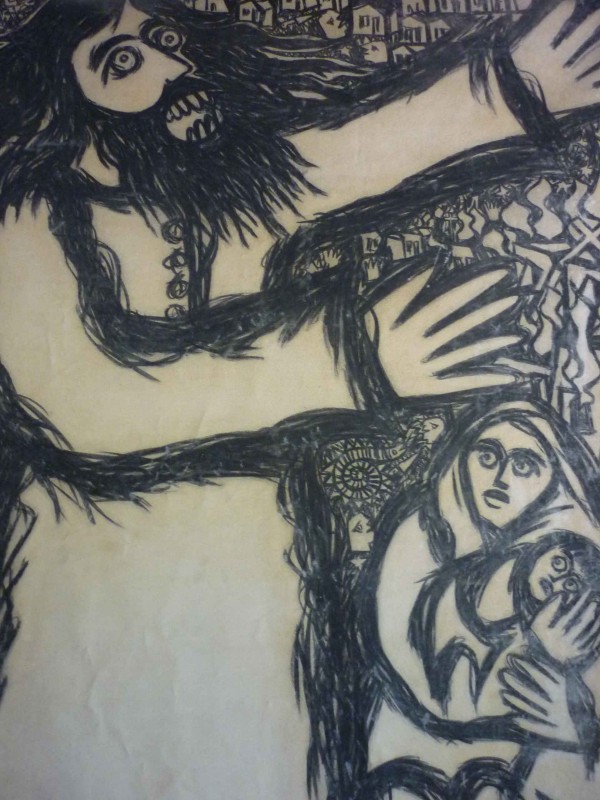
(Image from the museum of the Sertão, Monte Santo)
When the army was sent in to put down the perceived threat to the newly founded Brazilian republic, they were routed by a tiny group of the Counsellor’s supporters, who conducted guerilla attacks and used their toughness and superior knowledge of the harsh environment to exhaust their opponents.
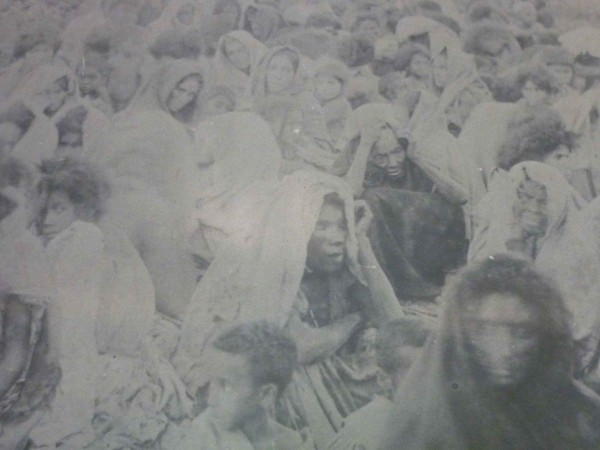
(Image from the Museum of the Sertão, Monte Santo)
The army finally bombarded Canudos into submission, massacring all surviving men, and taking the women and children as prisoners back to Rio. The Canudos conflict pitted the rational progressive and Eurocentric south, against Brazil’s mestiço and mystic north.
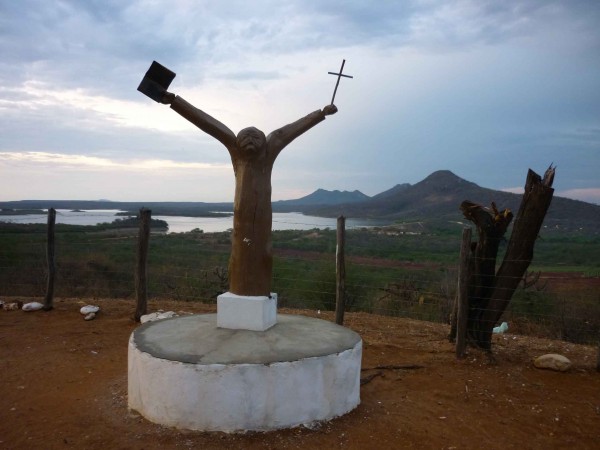
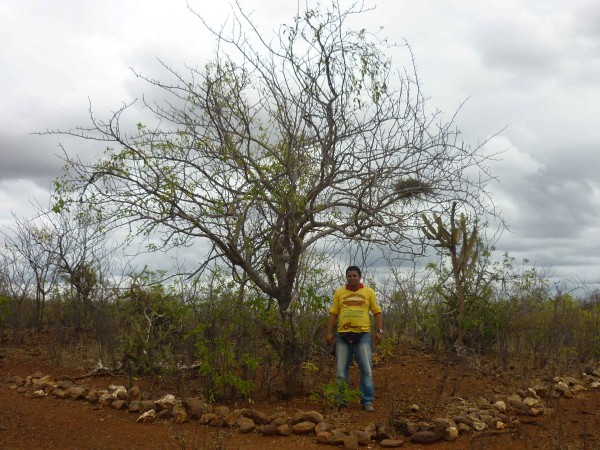
George Motoboy and jatropha phyllacantha AKA favela
The favela shrub was a poisonous thorn in the army’s side. It tore through their thin uniforms and scratched their skin, causing infectious rashes that could put soldiers out of action. It did not trouble supporters of the Counsellor, the tough jagunços in their leather jackets. During the final bombardment of Canudos, the army camped on a hill they called favela.
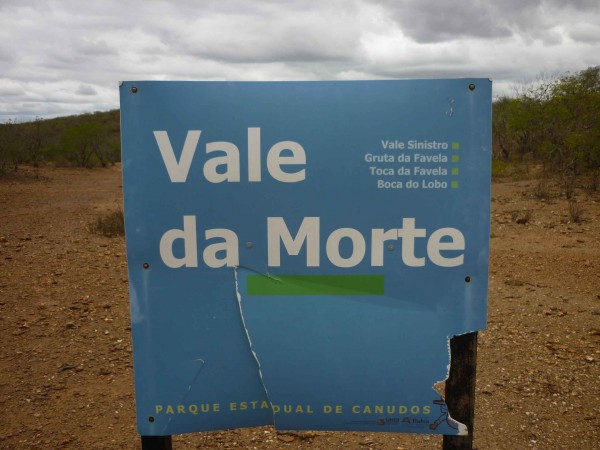
At the battlefield, now called Parque Estadual de Canudos, I visit spots with names like the Vale of Death. The only sound is the tinkling of goat bells and the crunching of feet as George the motoboy shows me around. He tells me to look out for rattlesnakes. As well as favela, he shows me numerous hostile looking shrubs with names like xique xique, macambira, unha de gato (cat’s nail) and palmátoria do diabo (devil’s whip)
When the soldiers returned to Rio after the war, they were betrayed by the authorities who had promised them housing and security. When they tired of the government’s empty promises they left their camp and climbed a nearby outcrop where they settled alongside freed slaves. They called their new home hill of the favela. Very few Brazilians know the favelas that circle their cities and cling to the hillsides are named after a shrub that has massive symbolic importance for the history of the country. The battle is imortalised in the classic Os Sertões (Rebellion in the Backlands) by Euclides da Cunha, a Rio de Janeiro based correspondent who witnessed the final assault and destruction of Canudos. Also by Mario Vargas Llosa in his epic The War of the End of the World.
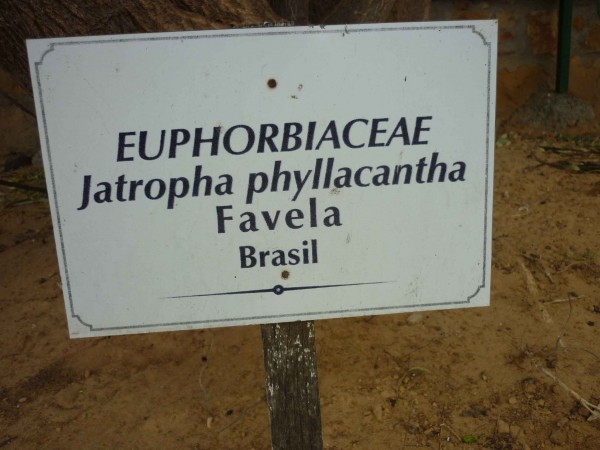
NOVA OLINDA, CEARÁ
Faces of the Sertão

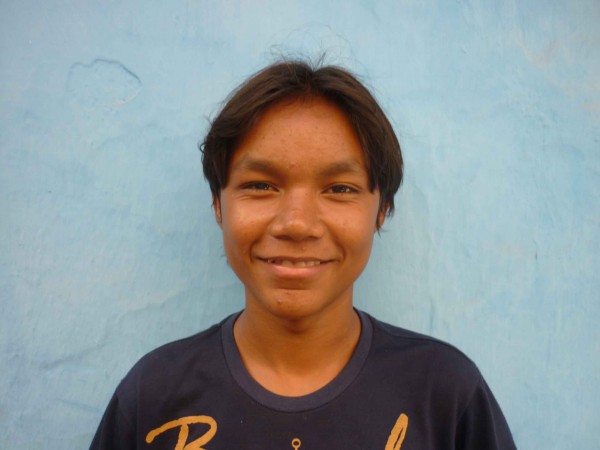
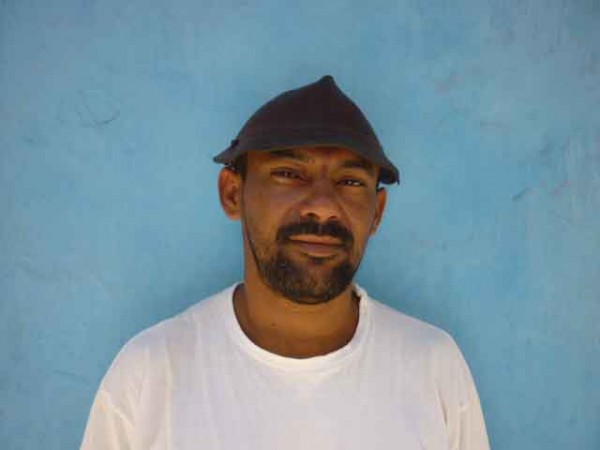
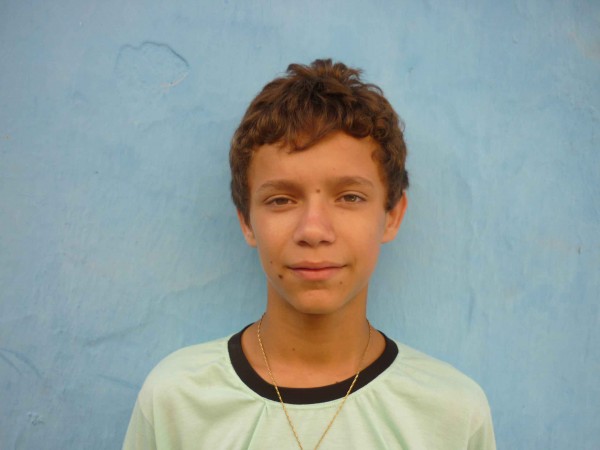
Pictures taken at the Fundação Casa Grande. A cultural centre almost entirely staffed by children and adolescents.
MATA ROMA, MARANHÃO
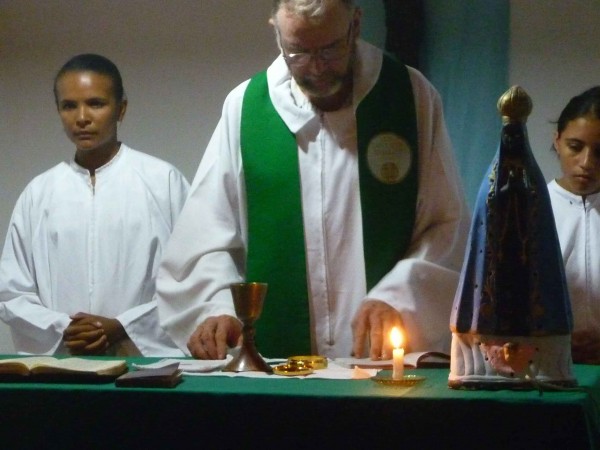
Redemptorist Matt Ryan arrived in the region from Ireland, during the days when the progressive wing of the Catholic Church was the bastion of resistance to Brazil’s military dictatorship. Despite advances in the northeast, the state of Maranhão is still run by one of Brazil’s most powerful traditional political oligarchies, the not very popular Sarney family. Although it is rural, Mata Roma suffers from drug and crime problems associated with big cities. Sadly, this is typical of many small towns in the Northeast.
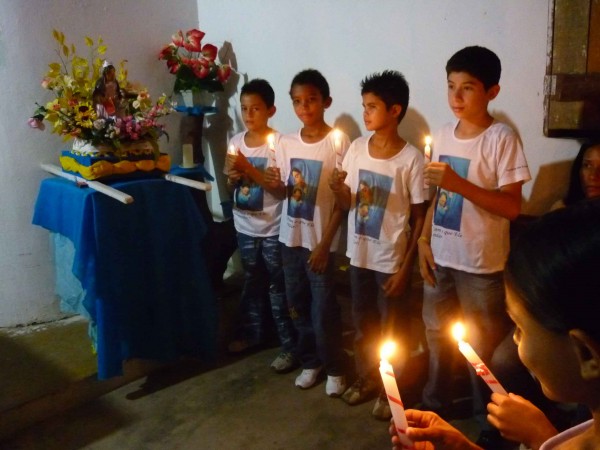
First Communion
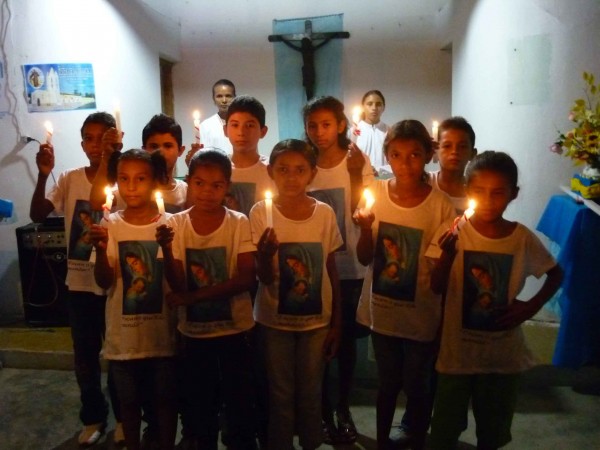
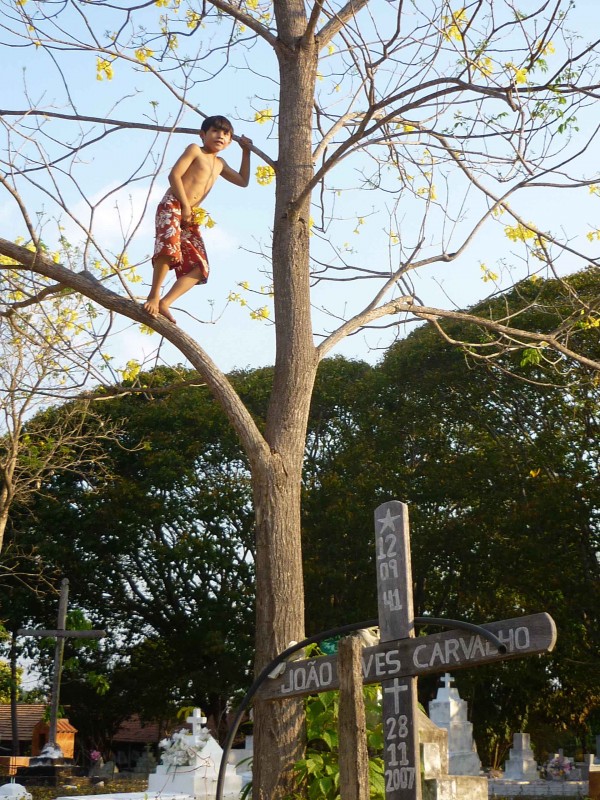
The bubble gum flavoured Jesus Guarana is popular in Maranhão
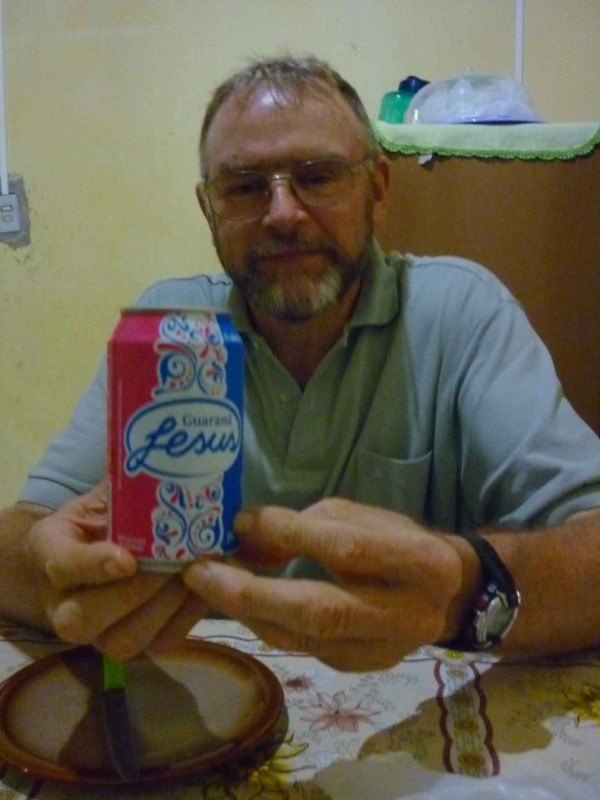
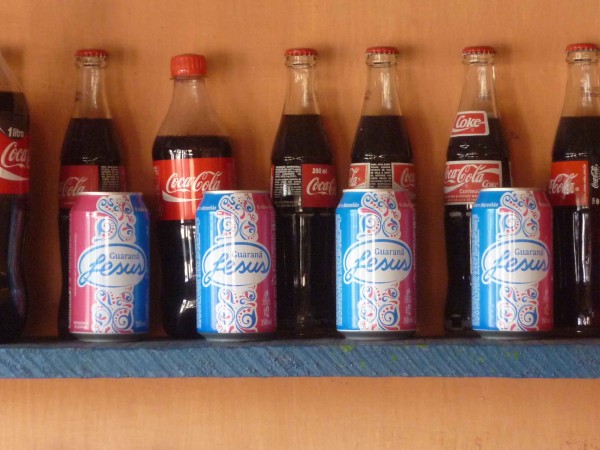
CABROBÓ, PERNAMBUCO
The São Francisco River is a source of life and controversy for the sertão. An enormous and ambitious transposition project is underway. Considered by many to be the saviour of the northeast, it is a source of preoccupation for some of the regions’ more vulnerable communities of fishermen and indigenous people.
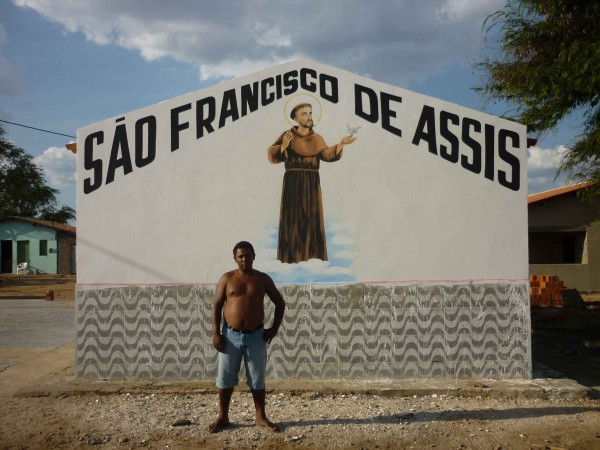
Neguinho Truká, chief of the Truká people says:
“What worries us most are the big Federal government projects. We hear that water is going to be brought to the houses of all those who suffer from drought, that there’ll be development. It’s just that this development is a danger to us. We’re worried about security and sustainability issues around the containment of water as well as the life of the São Francisco in the region. We have a river where 95% of the surrounding natural habitat is dead. It feeds 265 cities. There are 26 indigenous peoples around the basin. The way that things are being done doesn’t leave any of us secure that the river will continue existing. We don’t want to deny water from those who need it, but the first thing the government should worry about is revitalisation of the river. We are most worried about the loss of our culture, based on elements like earth, sun, water and plants.”
JUAZEIRO DO NORTE, CEARÁ
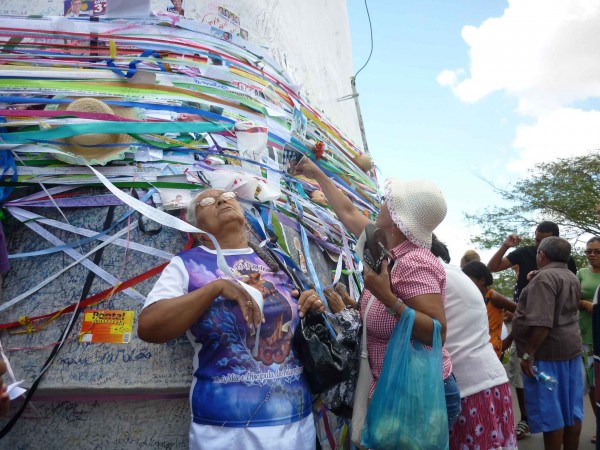
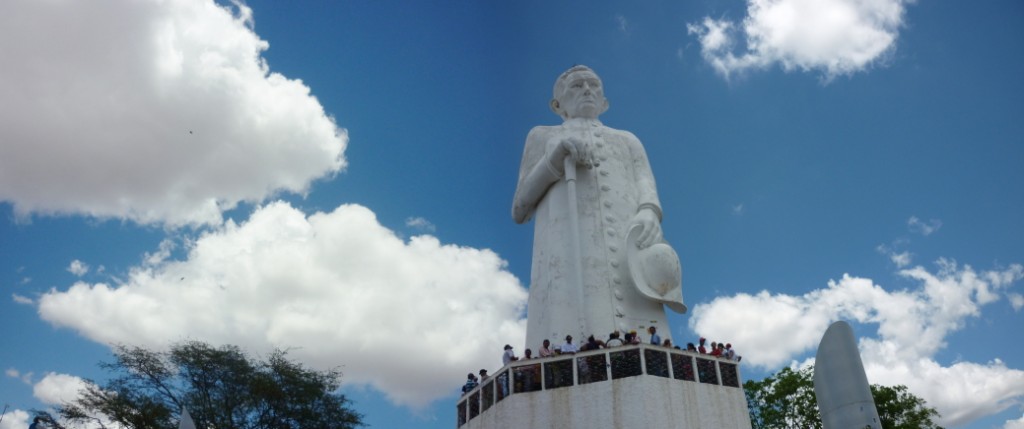
2 million people throng to visit the statue of Padre Cicero (1844-1934) every year. He was a priest and believed to be a miracle maker. Considered a liability and defrocked by the Vatican, he became the mayor.
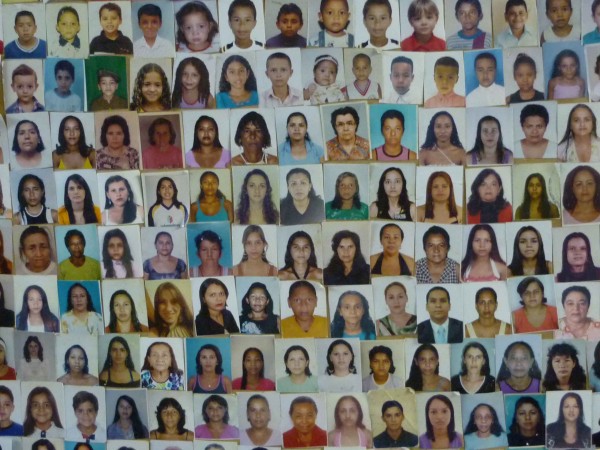
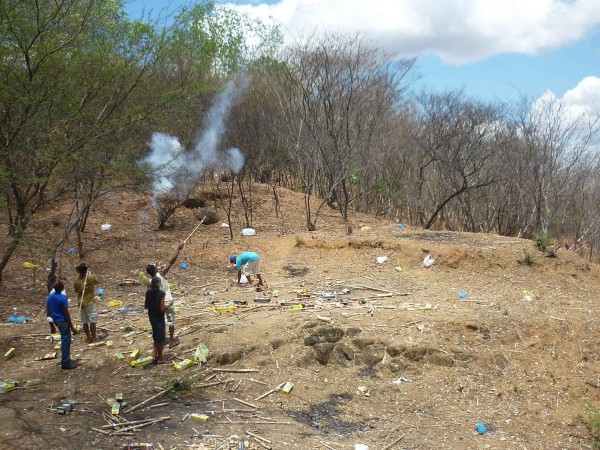
Padre Cicero’s followers bring him photographs, limbs (to mark recovery from illness) and letters. Once a year his most faithful devotees descend en masse upon Juazeiro do Norte to give thanks, make petitions, set off fireworks, pray and party.
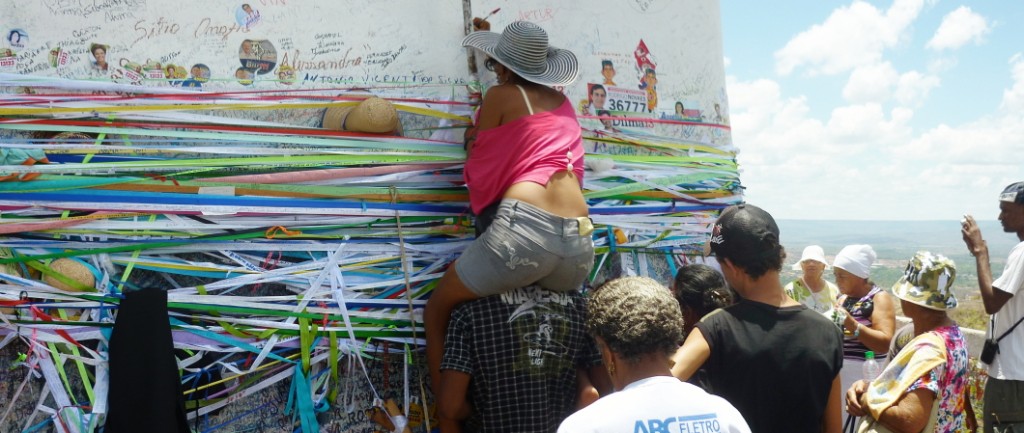
SERRA TALHADA, PERNAMBUCO
“Lampião”
Virgulino Ferreira da Silva (1897-1938)
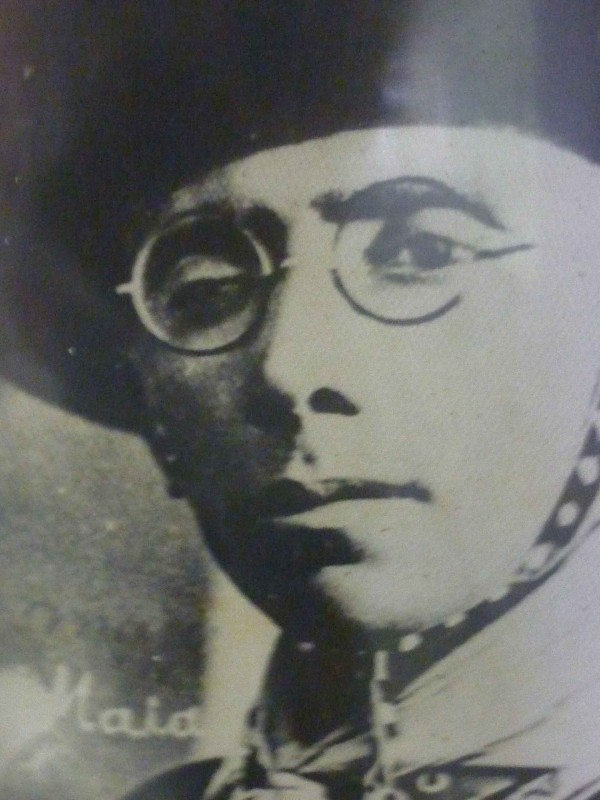
(Image: Museu do Cangaço, Serra Talhada)
Author and historian Anildomá Willans de Souza says:
“Lampião’s family came from the countryside. He was an average citizen within the universe that he was involved in, and was inspired by stories of the knights of the round table. He learnt about these through the literature of cordel. Lampião was a poet who played the guitar and the hand organ. The sertanejo has a very fertile imagination. Lampião managed to incorporate in himself into the sentiment of most people. He fulfilled a sense of justice which they found missing. That of the cabra macho who doesn’t give up and isn’t afraid of the rich or the powerful. The sertanejo said that Lampião became invisible to escape his captors. The people of the sertão have a great capacity for imagination. It comes from our miscegenation, this mix of indigenous, African and white, which drives our creativity. This mixture results in the people that we are.”
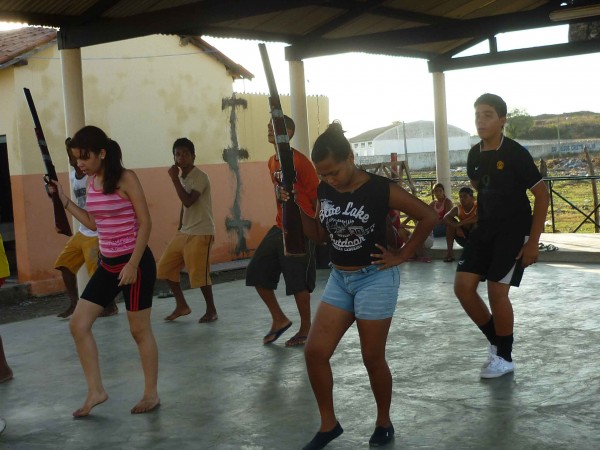
Adolescents in Serra Talhada, birthplace of Lampião, practice the traditional Xaxado dance of the cangaçueiros.
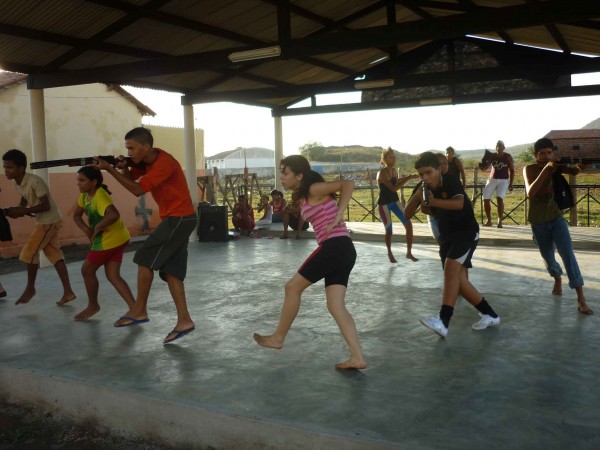
“The cangaço was a social movement that rose in the 17th Century. They didn’t necessarily have political thinking, and they had no plan to take over government and organize society in another way. Lampião knew everything was wrong but didn’t know how to fix it. The cangaço became a way of working here. You were either on the side of the police or the side of the cangaçeiros. This was very costly for our population.”
Anildoma:
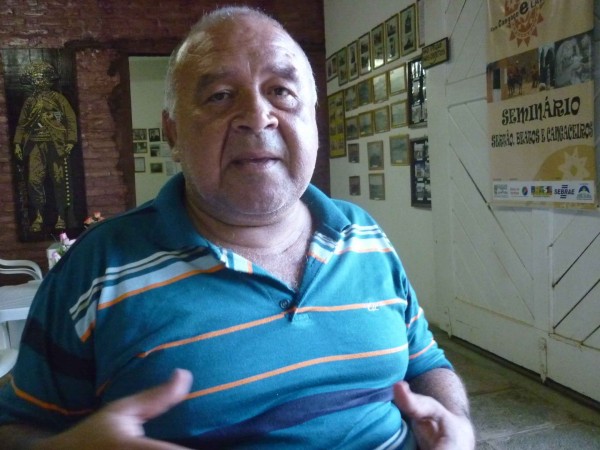
“Today we live in another dimension. With our cellphone in our hands we listen and speak to the whole world. We think the sertão has had huge changes; but the motives that gave birth to the cangaço have not changed. There is still social disorganization and poor land distribution. The same social conditions exist. The wounds of the 19th Century are the same social problems we have today in the 21st. You travel around the sertão and it’s still dry. In the cities you see all the latest video games and gadgets but the drought still persists. We should eat rice produced by us, but we have our rice brought up from the south.”
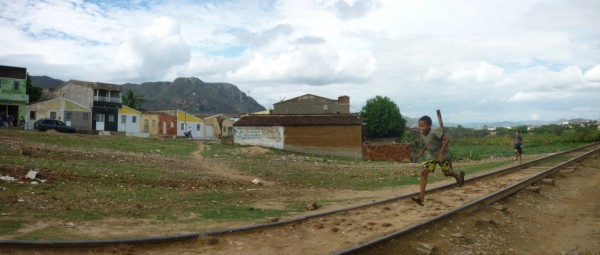
“Political structures today? They’re changing but there hasn’t been a huge difference. The coroneis of those times are disguised as deputies and mayors. They have their kids studying in Recife, taking drugs. They buy cars with public money and build overbudgeted structures. That hasn’t changed. If you go to anyone of these prefeituras here and ask who is the father or grandfather of the mayor it will be one of the coroneis. They are direct descendants of the people who oppressed our parents. They even disguise themselves very often with a star on their chest, and they might even adopt the discourse of the left when it suits them. And we are often deceived.”
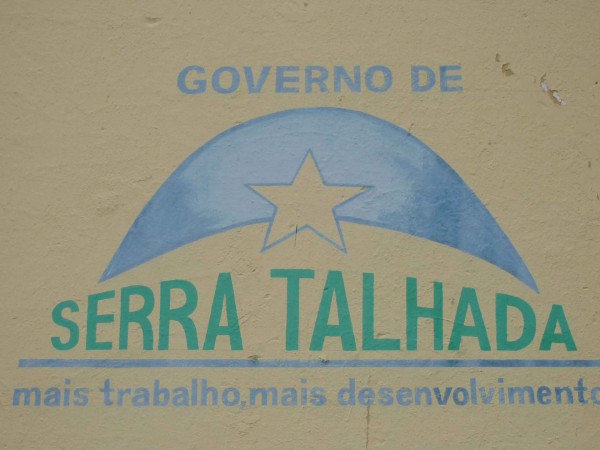
“If you see the symbol of a hat of a cangaçeiro you think immediately of Lampião. He is our fingerprint in all aspects of our culture today. He is also our first tourist attraction. We won the support of the government and created the tourist route of the cangaço and Lampião. I see Lampião as a cultural expression, which is a tourist and financial attraction. But above all I see him as symbol of the resistance of the sertanejo who doesn’t weaken, and who knows how to take on challenges and grandes impasses.”
Lampião and fellow cangaçeira Maria Bonita, filmed in the Sertão by Benjamin Abraão in 1936:
OURICURI, PERNAMBUCO
3 Generations
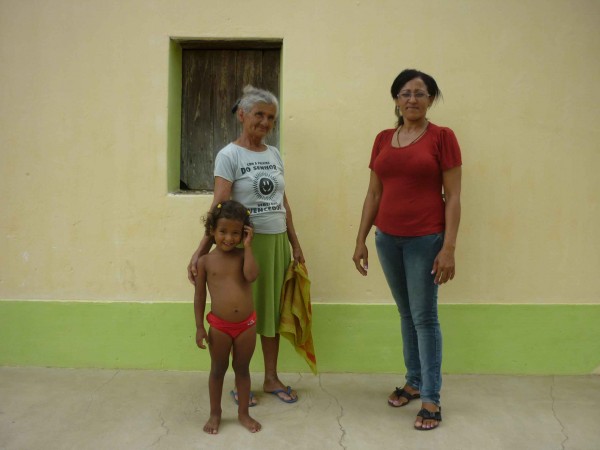
SALITRE, BAHIA
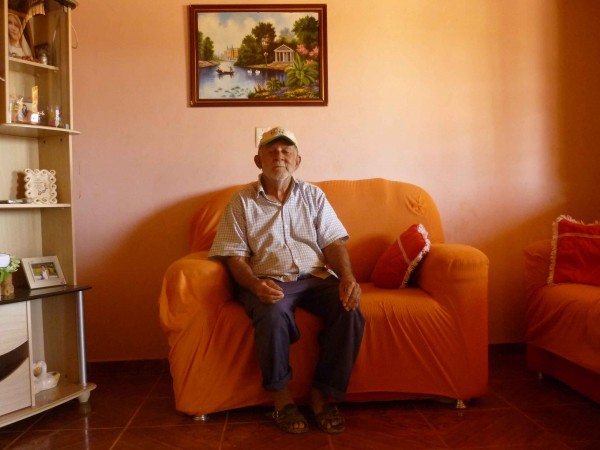
“TERRANOVA”
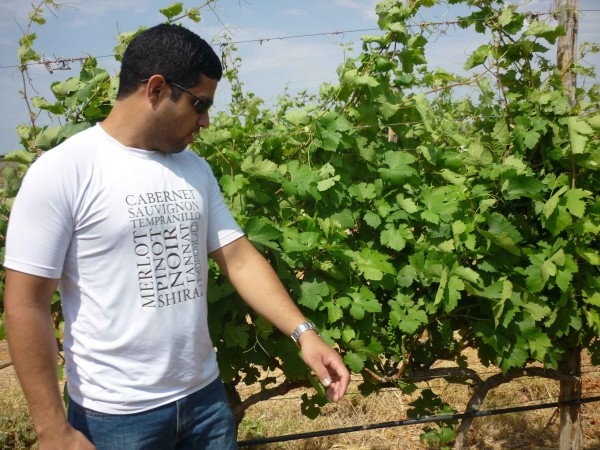
The last thing I expected to do in the Northeast was participate in a wine tasting, but this is exactly what I did at the Ouro Verde fazenda just over the border from Pernambuco in Bahia. We tasted Shiraz, Chenin, prizewinning Spumante and even a sweet Muscat.
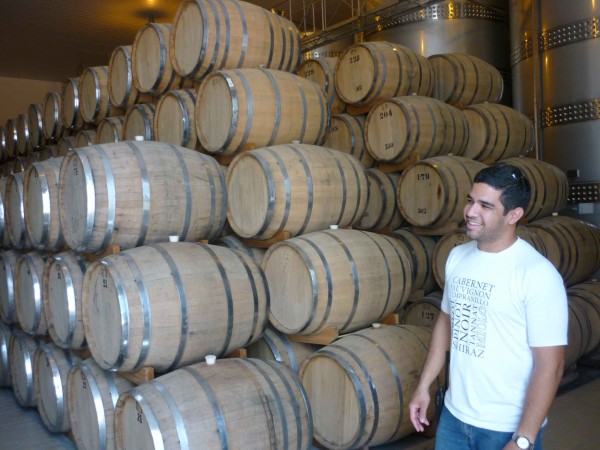
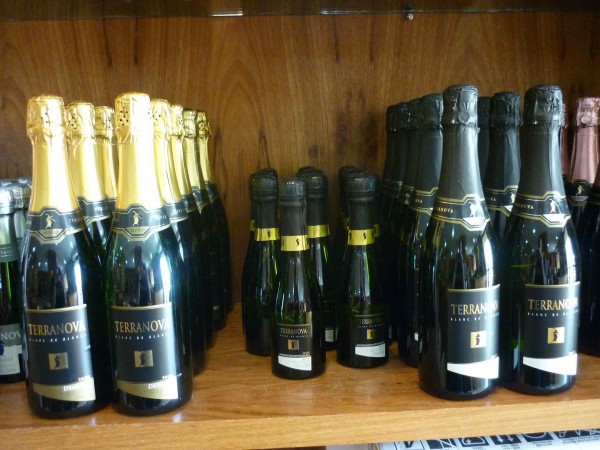
Here the cangaço is distant memory and the only problem is keeping the neighbour from opening up the fences to let his goat graze.
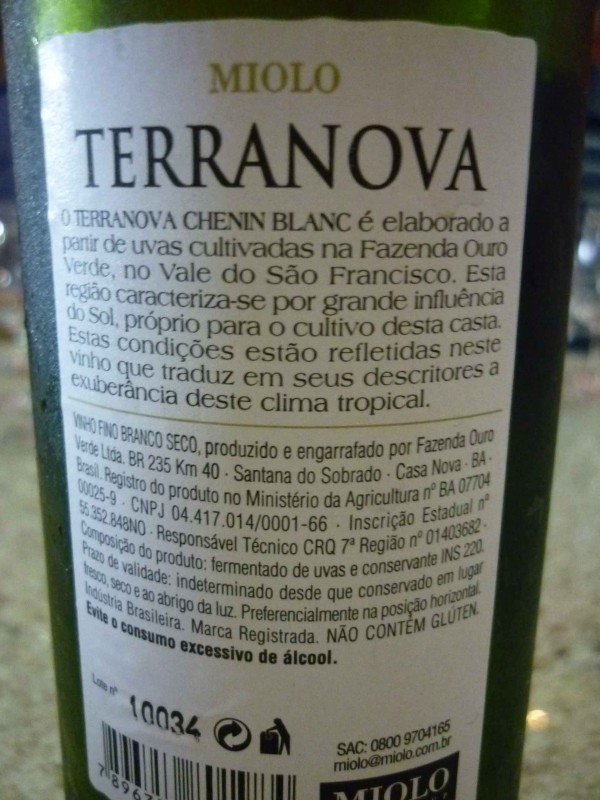
OBRIGADO AOS MEUS AMIGOS DO NORDESTE
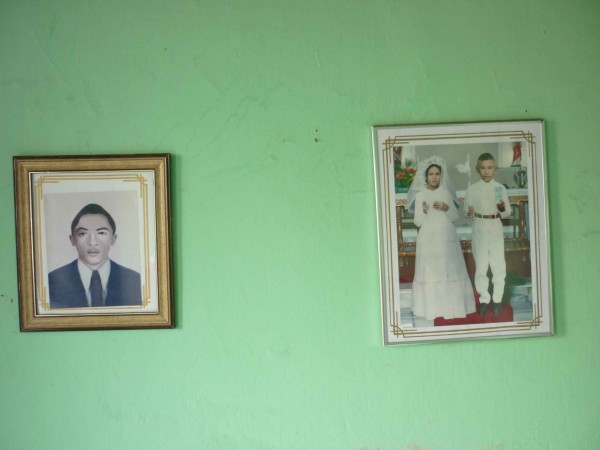
Special thank you for Matt Ryan, Eridian Gonçalves de Lima and family (Antonio, Gustavo, Dona Ambrosia, Ailton e tod@s), Pe Antonio (Cabrobó) and Tiago Carvalho.
